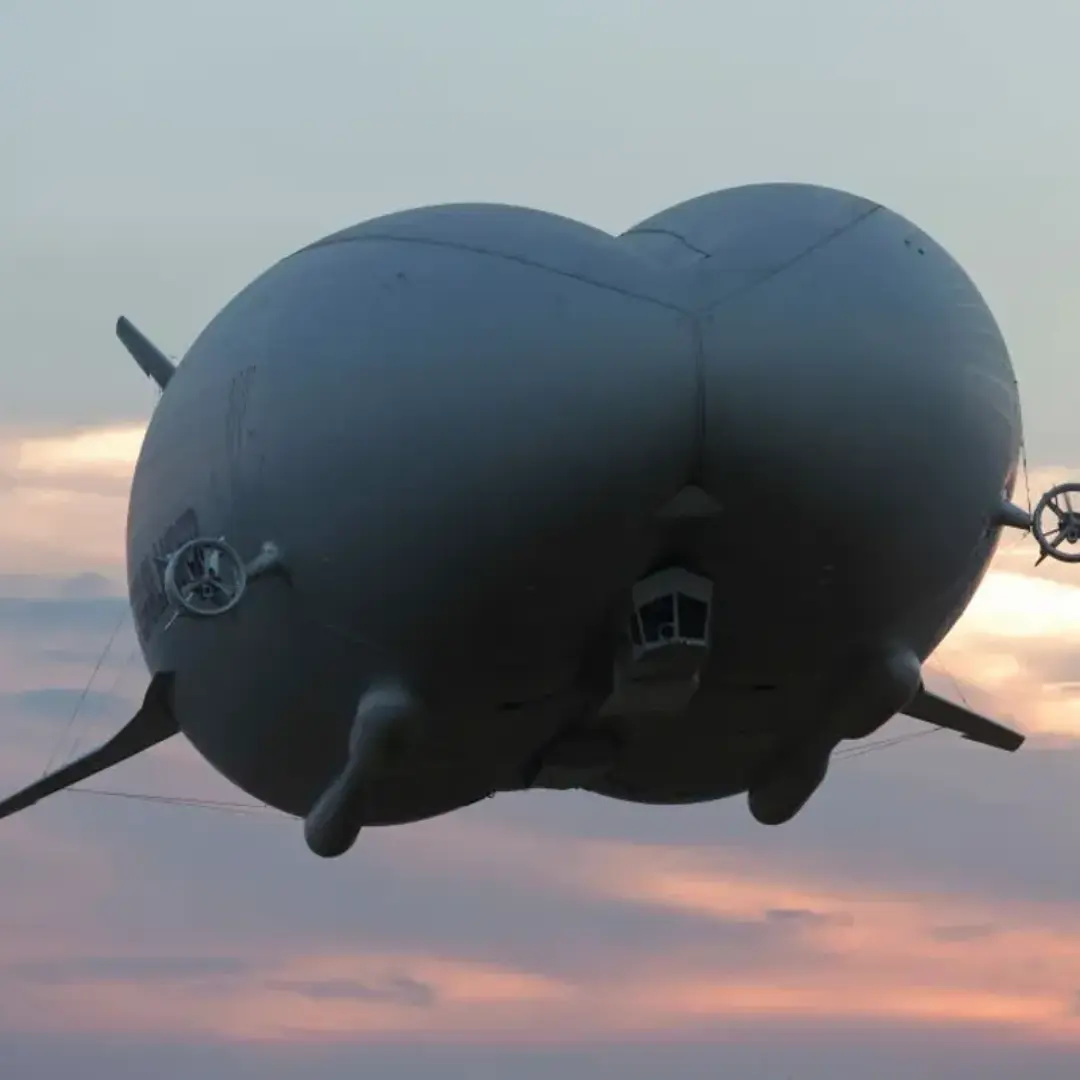The Airlander 10 represents a pioneering advancement in aviation technology, blending the characteristics of airplanes and airships to offer unique capabilities for various applications. Developed by Hybrid Air Vehicles (HAV), this large hybrid aircraft combines the aerodynamic properties of airplanes with the buoyant lift of airships, resulting in a versatile platform suitable for cargo transportation, surveillance missions, and other specialized uses.
At its core, the Airlander 10 utilizes a combination of aerostatic and aerodynamic lift principles. The aircraft features a streamlined fuselage akin to a traditional airplane, equipped with wings that generate aerodynamic lift during flight. However, what sets it apart is its helium-filled hull, which provides buoyant lift similar to airships. This hybrid design allows the Airlander 10 to achieve lift and stability without requiring a large amount of fuel, making it more environmentally friendly compared to conventional aircraft.
One of the key advantages of the Airlander 10 is its versatility in operations. It is designed to operate on diverse terrains, including land, water, and ice, offering flexibility for various missions and environments. This capability is particularly valuable for cargo transportation to remote or inaccessible areas where conventional runways may be absent or impractical. Additionally, its ability to carry heavy payloads makes it suitable for transporting oversized cargo or equipment that conventional aircraft may struggle to accommodate.
In terms of environmental impact, the Airlander 10 boasts several advantages. Its hybrid design and reliance on helium lift contribute to reduced fuel consumption and lower emissions compared to traditional airplanes. This aligns with global efforts to reduce carbon footprints and mitigate the environmental impact of transportation activities.
The Airlander 10 is also equipped for surveillance missions, leveraging its extended endurance and stable flight characteristics. This makes it suitable for applications such as border surveillance, environmental monitoring, and disaster response, where extended flight times and persistent aerial coverage are crucial.
Overall, the Airlander 10 represents a leap forward in aviation technology, offering a blend of efficiency, versatility, and environmental sustainability. As interest in hybrid aircraft grows, innovations like the Airlander 10 are poised to redefine the capabilities and applications of aerial transportation, particularly in sectors requiring specialized operations and minimal environmental impact.









